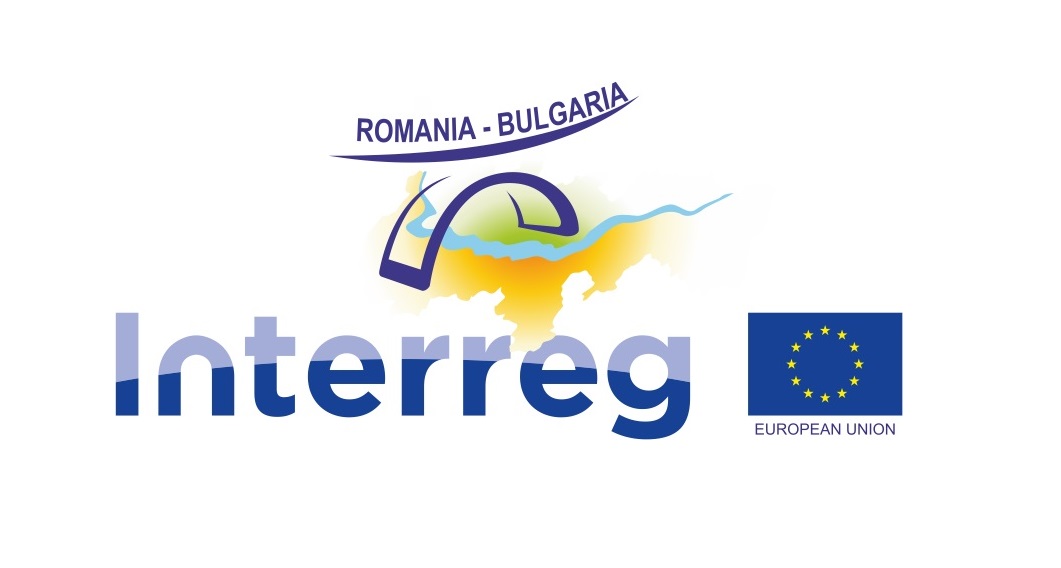Integrated tourist product: “Medieval cuisine and wine tasting (one-day program)”
Venue of the program: Ports of Time Archeological Park Museum, Nikopol.
Medieval fortress “Turnu”, town of Turnu Magurele.
What age groups is the program for? The program is suitable for adults as it includes wine tasting. With interest from school representatives, the program could be modified into a child-friendly version, excluding the wine tasting element.
Program focus: The goal of the program “Medieval Cuisine and Wine Tasting (one-day program)” is to present visually, accessible and interactive historical information about the life and cuisine of the local population from the era of the Middle Ages.
Topics Included:
1) General information about the Middle Ages and the life of the local population;
2) Characteristic features of medieval cuisine;
3) An interactive session involving the participation of visitors in the preparation of typical food from the Middle Ages;
4) Wine tasting;
Interesting information about the food of the local population in the Middle Ages:
The period of the Middle Ages covers the period from the 7th to the 14th century. During this period, the First Bulgarian State was also established (681 – 1018).
The information about the table of the local population from the period of the Middle Ages is mainly based on the information found in various historical sources. The food differed significantly from that of our modern day, because many of the cultures we know were brought from America during the period of the Great Geographical Discoveries.
Thanks to the well-developed animal husbandry, meat and dairy products from domestic animals were often present on the table of the medieval people who inhabited the territory of today’s Bulgaria and Romania. We find evidence of this in the records of the visit of the Byzantine administrator Gregory Antiochus to Sredets at the end of the 12th century. In his first letter, he described his impressions that on the territory of Sredets the local population of Bulgarians raised large herds of sheep, goats, cows, oxen and pigs. And although animal husbandry was a highly advocated agricultural branch in the local medieval society, the consumption of game meat was a common phenomenon, as evidenced by the archaeological analysis of waste pits in medieval Bulgarian settlements. The object of active hunting are bulls, deer, roe deer, rabbits, wild boars, various types of birds such as pheasants and partridges. In this context, falconry – the breeding and domestication of birds of prey – developed to help hunters as an active craft. Thanks to his information, we can also conclude positively about the existence of one or more commercial centers where the city managed to supply itself with what it might not have been able to provide itself with its own production (fresh fruits and vegetables) and on the other hand offers the goods of the local herdsmen – “…at a low price whole pails and cauldrons full of milk, sold for drachmas, whole baskets full of fresh and uncured cheese, worth pennies or small coins, can be supplied…”.
According to the specialist in Medieval Cuisine – P. Krusheva, in medieval cuisine there are no GMOs, preservatives, enhancers, dyes and everything in that chemical order. One of the most important conditions in the preparation of meals is to use the most ecologically clean products. The dishes are prepared according to the technologies known at the time with a lot of manual labor. You immediately feel the different taste. In the Middle Ages, every single gesture of serving and shaping the table itself was a sign and symbol of social order, but also of respect for a given person: who will sit next to whom, the order and type of dishes, etc. Nothing is random and indiscriminate, no is only a matter of individual taste as now, but of protocol, norms, symbolism, ritual. This is the second hallmark of medieval cuisine. What will be on the table is not only a matter of economic possibilities, but also of seasonal factors, of course, and religious norms. For the winter, the main product is pork and fat, for the spring – lapad, other grasses, etc. The fourth, very important distinguishing mark, are the cultural-commercial and geographical factors. On the table is what nature gives around you. Foods imported from America such as potatoes, peppers, tomatoes, etc. were missing. The variety in rural cuisine was more limited. While the aristocrats could eat game and taste much more expensive foods and spices coming from the East. Preservation/refrigeration technologies have also limited the distribution of some products, e.g. fish. There is even a special Byzantine law for this. According to P. Krusheva, the cuisine of people from different strata of the Middle Ages differed in variety and taste: “Typical for rural cuisine are oat and rye bread, which were very coarsely ground, even with whole ears. Many travelers say that here they ate very tasty black bread mixed with ash, as it was baked directly in the oven, the fire. The Bulgarian was very fond of onions and garlic, which is still the case today. Carrots, turnips, leafy greens, cabbage are also common. The common man’s kitchen also turns out to be more stable over time. Aristocratic cuisine is very close in appearance and taste to Byzantine cuisine. The boyars generally tried to emulate the life of the Byzantine aristocracy. The Greeks set the cultural standard back then – both in culture, fashion, architecture and cuisine. After the Ottoman invasion, we adopt the tastes and ways of the new master and the old ways are forgotten. Our cuisine is becoming more Ottoman, more Eastern, closer to Asian. One of the main dishes in our kitchen to this day is the pie. A number of authors mention that Bulgarians eat many dishes wrapped either in dough or in various crusts. The filling can be, apart from the classic way – with cheese, with cabbage, with onions, leeks, even fish, with chicken, rice, bulgur, spinach, apples, fruits, whatever. Another main thing that is characteristic of us is the Qurban. Why today we call it by its Turkish word is another matter. In the Middle Ages it was known as “brine” (meat cooked in salt broth). This is basically a ritual dish given for health and has pagan roots. Before a battle, it was given to the soldiers with a jug of wine for strength and victory.





Comments 0